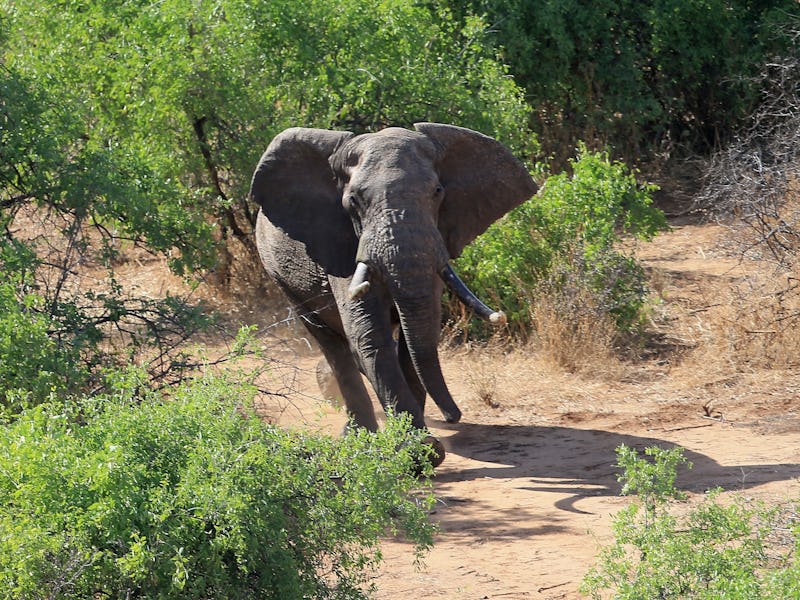'Biological Annihilation' Heralds Earth's 6th Mass Extinction
This is just the beginning, scientists warn.

Most scientists now acknowledge the Earth has entered its “sixth mass extinction” event — a phenomenon on par with the one that knocked out nearly all the dinosaurs. But if you ask Gerardo Ceballos, a biology professor at the Universidad Nacional Autónoma de México, that’s not nearly a strong enough term for the destruction that’s occurring. For Ceballos, defining this period by its extinctions alone fails to capture the breadth of devastation that humans have wrought on this Earth.
Human impacts on land and animals amount to “biological annihilation,” Ceballos contends in a new research paper, published Monday in the Proceedings of the National Academy of Sciences. “The situation has become so bad it would not be ethical not to use strong language,” he said in an interview with The Guardian.
His argument isn’t just about semantics. Ceballos’ study showed that a third of vertebrate animal species have seen their ranges shrunk and populations diminished over the last century. When his team took a detailed look at the 117 mammal species for which good data exists, every single one had lost at least 30 percent of its range since 1900. Forty percent had lost at least 80 percent of their range. Hence, his justification for using the term “annihilation.”
These maps show the percentage of local extinctions among 177 mammals studied. This group of animals is not representative of mammals overall, since it is biased to larger species, for which more data is available.
It’s no secret that the declining animal populations are due to habitat destruction caused by encroaching humans and climate change shifts. Loss of habitat, in turn, weakens the resilience of a species to all sorts of stresses, upping its chances of extinction down the road.
We may not realize it, but this is happening even among species that we label “of least concern.” Humans have the tendency to start worrying about an species’ survival only when it is down to its last few individual. What Ceballos wants to point out is that we’re in the midst of an unprecedented extinction crisis, and it’s time to worry about all of the species.
Although the sixth mass extinction is still considered nascent, a recent study in Science used conservative estimates to conclude that species are going extinct 80 to 100 times faster than they do during normal, non-extinction-crisis times.
Extinction rates are the most sensible way to compare what is happening now to what has come before, since our record of pre-human times is largely limited to what we can dig up as fossils. But biological annihilation — the widespread impoverishment of the living world — ultimately matters a whole lot more than whether there are 5,000 black rhinos left in the world, or none.
Which is not to say we shouldn’t invest significant resources protecting critically endangered species. Once the last of a kind is gone, the hope of recovery diminishes to zero. But if we only start to notice that an animal species is in trouble once it’s 90 percent gone, the ship has already sailed, for the animals and for the land, and for us, too.